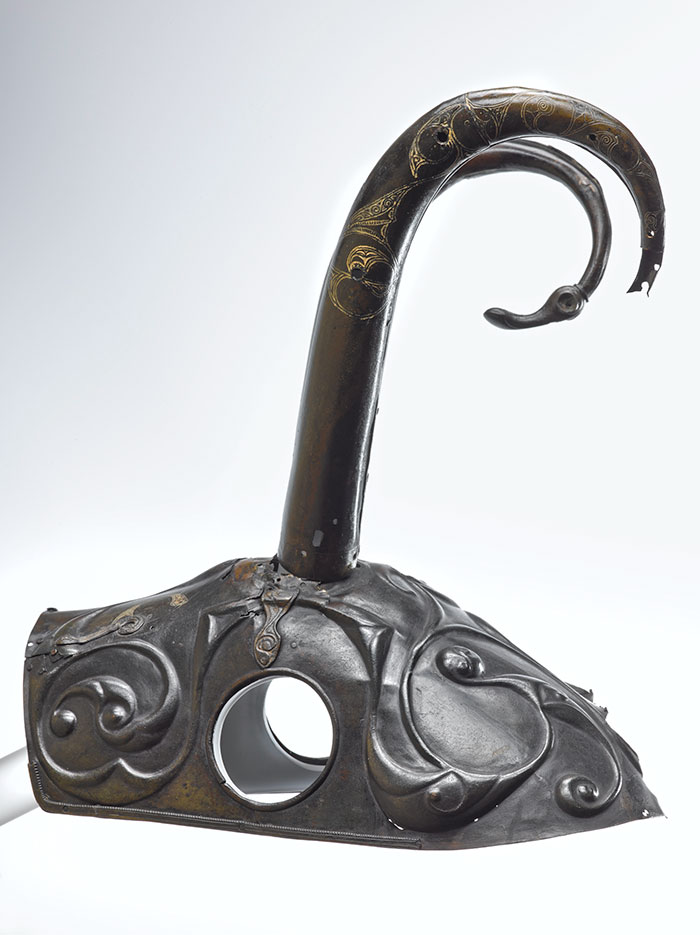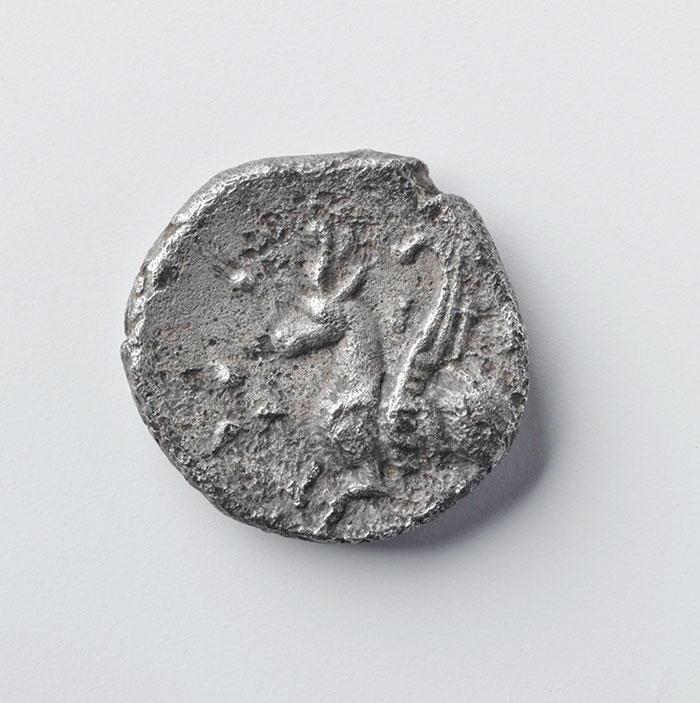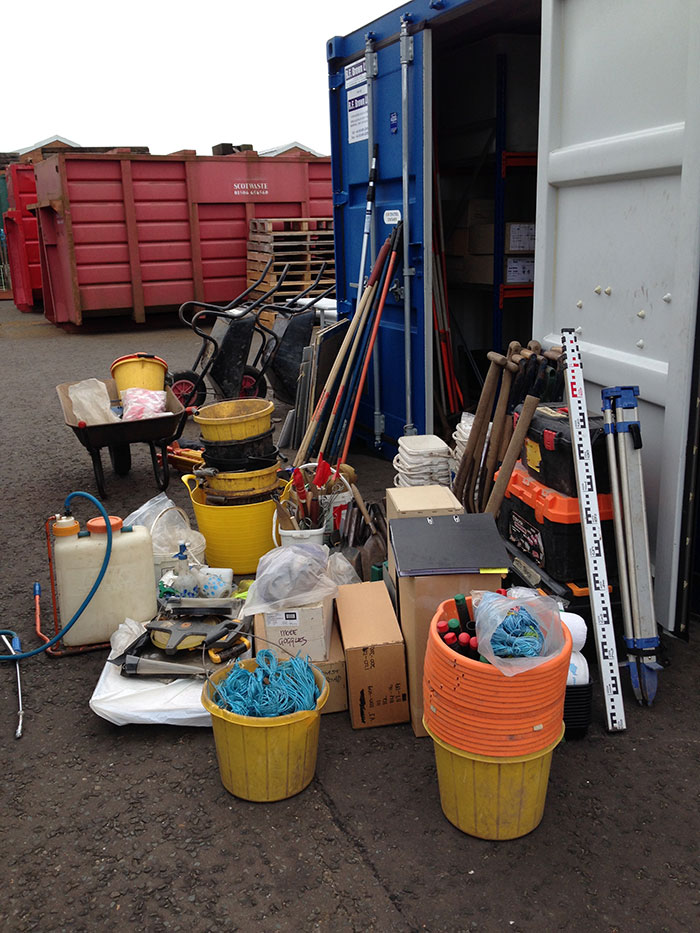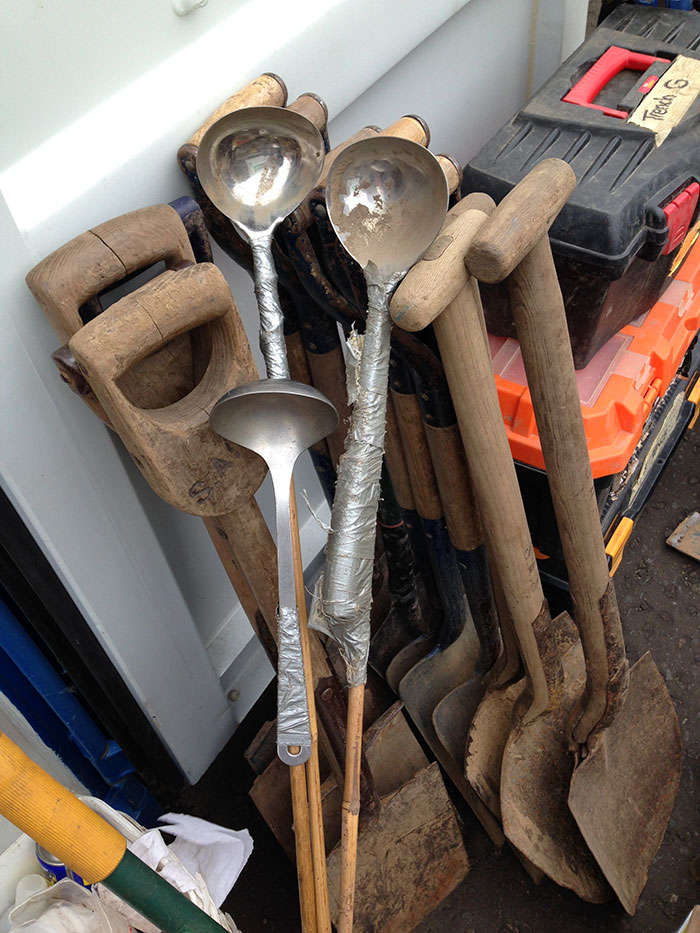Our blockbuster Celts exhibition is full of amazing objects. As you walk from case to case, your eyes are caught by one magnificent object after another, from Ireland, France, Germany, Bulgaria. One that keeps catching my own eye is the curious bronze pony cap from Torrs, near Castle Douglas in Galloway, in south west Scotland. It’s one of the star pieces in our own collections.

This is a find with an amazing back story. Recent research among old newspapers by Dr Stephen Briggs showed that it was found in 1812 when a loch was being drained. It quickly came into the hands of Sir Walter Scott, novelist and antiquarian, and a man with an eye for a good story. But this led to suspicions among sceptical modern scholars. Was it too good to be true? The elements of horns and cap were clearly ancient – but did they belong together? Had Scott “sexed it up” by sticking the horns (perhaps from a chariot yoke) on to the cap? The recently-found early newspaper account sets our minds at rest – it’s clear the horns were attached when it was found.
This must have been a dramatic cap for a valued pony. The swirling engraved and repoussé decoration links it to international fashions of early Celtic art common across Europe at this time, while horses themselves were real prestige items. The cap would have made this particular steed all the more impressive. An Iron Age silver coin from southern England showing a Pegasus, a winged horse, wearing such a horned cap gives us an idea of how it once looked.

But this isn’t enough. There must be more to this story. The 1812 account shows that it was found while draining a bog. This aroused the curiosity of myself and my colleague Dr Martin Goldberg, a man with a curious obsession with bogs and other mud-infested watery places. So many of the finest items in our collection come from bogs, lochs and rivers – this was no accident, or repeated carelessness. They were placed there as offerings – perhaps sacrifices to some unknown god, or the remains of rituals at moments of crisis or times of triumph. The Castle Douglas area is rich in such finds – visitors to the exhibition, or to our Early People galleries, can marvel at the massive bronze cauldron from Carlingwark with its hoard of iron and bronze objects, or the hoard from Balmaclellan (including an amazing bronze mirror, currently on tour to Inverness), or the wonderful enamelled horse harness fitting from Auchendolly (on its holidays to Whithorn this year as part of their special summer exhibition).
OK, so much for theory. What can we do? Well, there’s no problem that doesn’t improve after a few days of shifting mud in the field. We’re heading out at the weekend to chase the pony cap – not to find things, but to find out. Why was it there? What was the watery landscape like at the time, before it was all drained during the improvements of the 18th and 19th century? And where did the likely owners live?
We have schemes and plans aplenty – and friends to help us. Colleagues from the universities of Aberdeen, Edinburgh, Glasgow and Stirling see a link to their own research, and are coming along to lend a hand, and add to the discussion, debate and disagreement which is the lifeblood of archaeology. We’re going to try to establish how big the lochs and mosses in this area were during the Iron Age, some 2200 years ago, and see if any peat survives of this date which we can slice, dice and dissolve to extract pollen and tease out a history of the ancient landscape. We’ll be using geophysics to see beneath the soil, in the high patches of land between the bogs and mosses, looking for possible settlements. And we’ll be sampling one of these settlements, a very battered hillfort, to see if it was used around the time of the cap, and see what we can tell of the people who lived there.

We’ve also got local schoolkids coming out to experience archaeology in the raw. The teachers and the kids all sound so enthusiastic at the prospect –we’ll see if that survives their introduction to the muddy realities of field archaeology. The poor wee weans…
As I write this, we’ve just packed the van with an assortment of tools, from mattocks and shovels to cut-down iron grids and souped-up kitchen ladles – don’t ask… Will we need them? Will we find anything? Will we have forgotten something? Can we add to the story of the Torrs pony cap? Wait for the next blog post to find out – and wish us luck…

